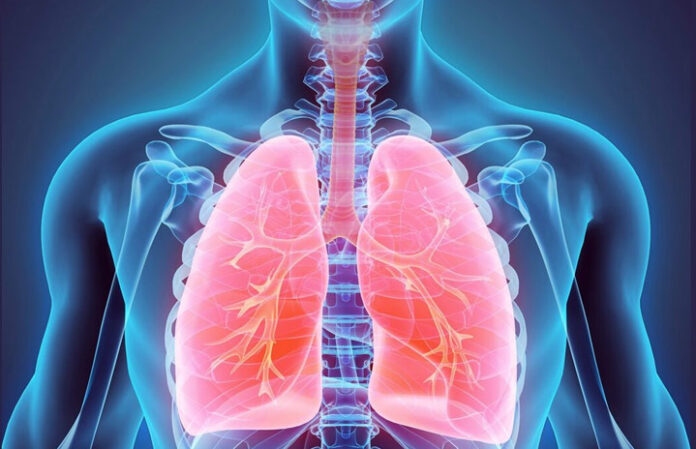A team of Korean researchers has achieved a significant breakthrough poised to greatly improve the efficiency of respiratory disease research, attracting considerable attention in the scientific community.
The research team, comprising experts from the Department of Materials Science and Engineering at Pohang University of Science and Technology (POSTECH) and the Infectious Diseases Therapeutic Research Center of the Korea Research Institute of Chemical Technology (KRICT), has successfully developed an advanced artificial lung model. This innovative model is specifically designed to study respiratory infections and test potential drugs for diseases such as COVID-19.
Traditionally, developing a new drug is an arduous process that takes between 10 to 15 years and costs over 1 trillion won. A major factor contributing to this lengthy and expensive process is the reliance on conventional research platforms, such as 2D cell cultures and animal testing, which often fail to accurately replicate the complex environment of the human body. As a result, there is a critical need for more sophisticated models that closely mimic human physiology, thereby reducing development time, cutting costs, and increasing the likelihood of success.
The “3D artificial lung” developed by the researchers is a remarkable feat of bioengineering. It replicates the human respiratory tract’s intricate structure, consisting of three key layers: the vascular endothelium, extracellular matrix, and epithelium. This model not only mirrors the physical architecture of the human lung but also emulates its functional characteristics, including cell-cell junctions and mucus secretion. Importantly, it exhibits high levels of proteins such as ACE2 and TMPRSS2 at the epithelial layer, which are critical entry points for the COVID-19 virus, making the model highly susceptible to infection, even at low viral doses.
The researchers highlighted that this breakthrough could significantly expedite the drug development process, particularly in creating therapeutic treatments for COVID-19 and other respiratory diseases. By providing a more accurate and reliable platform for studying these diseases, the artificial lung model is expected to play a crucial role in advancing medical research and improving patient outcomes.





